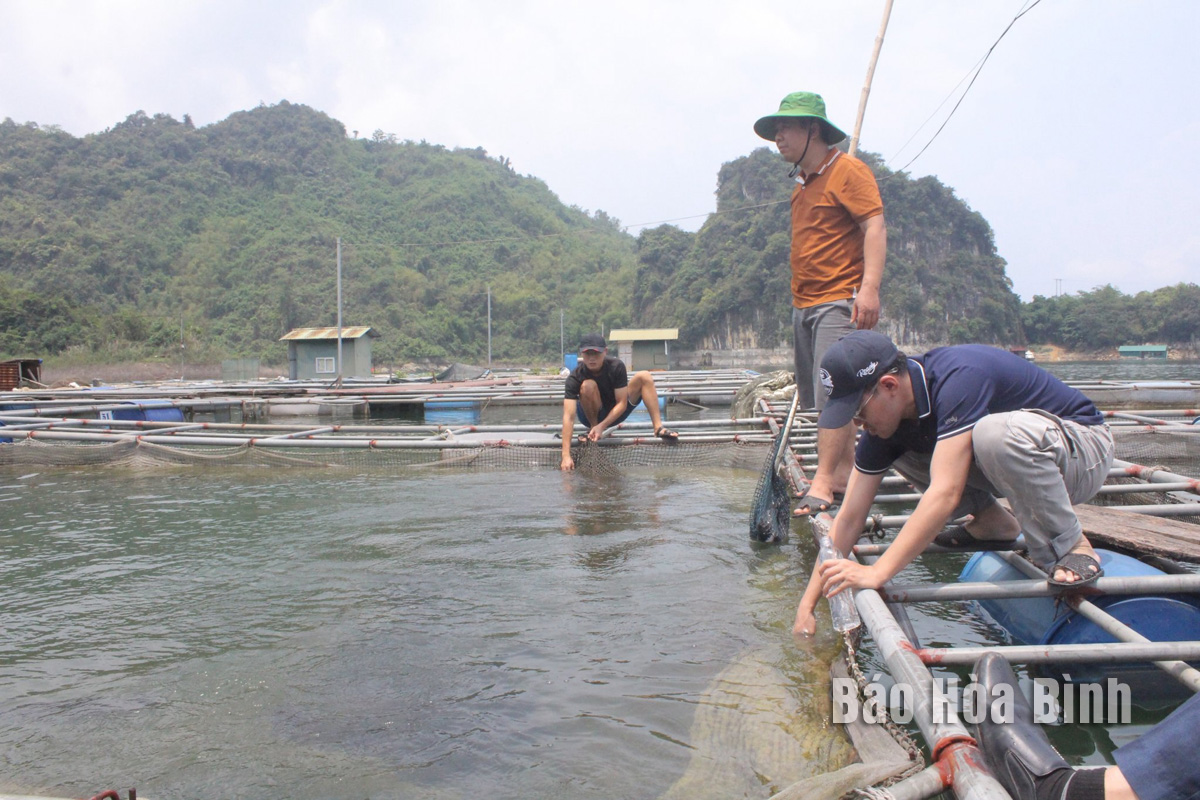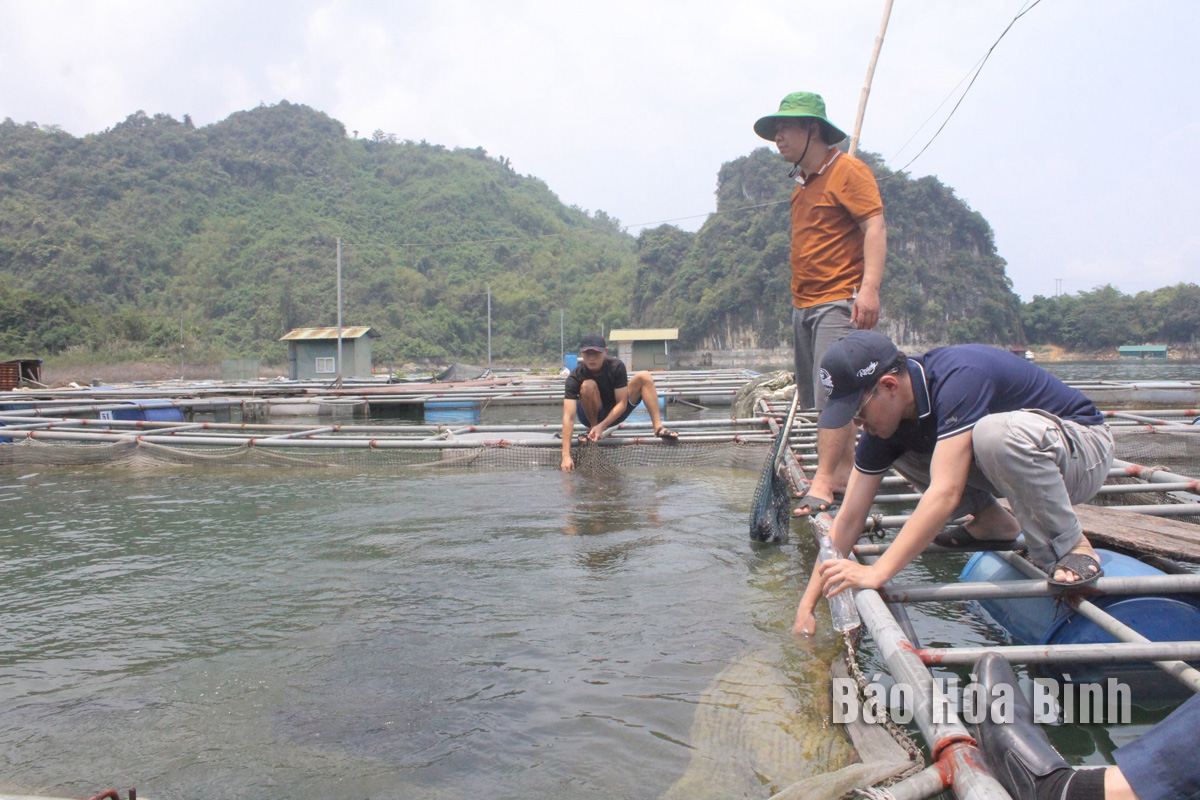



Cage fish farming industry is growing rapidly in Hien Luong commune, Da Bac district. However, as in many other areas, a significant number of farms have yet to register for or receive their codes.
According to the provincial Department of Agriculture and Rural Development, Hoa Binh holds substantial aquaculture potential, with over 14,500ha of water surface. The province is dotted with 543 large-, medium-, and small-scale irrigation reservoirs spread across 10 districts and city.
Since 2014, the number of fish cages in the province has surged from 1,700 to nearly 5,000, with an annual production exceeding 7,000 tonnes, creating stable employment for over 1,600 workers. Fish farming is no longer limited to local households but has attracted entities and individuals both within and outside the province. Nearly 20 enterprises, cooperatives, farming groups, and private owners have invested in cage fish farming in Hoa Binh reservoir. The diverse aquatic products have even been recognised with OCOP 3-star and 4-star certifications.
In 2018, the Ministry of Science and Technology awarded certificates to two products "Da River shrimp - Hoa Binh” and "Da River fish – Hoa Binh”, managed by the provincial Department of Agriculture and Rural Development and the Hoa Binh Agriculture Quality Management Sub-Department. By 2023, 15 certificates for the " Da River fish – Hoa Binh " brand had been issued. Additionally, three product distribution chains were established, covering Hoa Binh city, Da Bac district, and Tan Lac – Mai Chau district, enhancing the value and market reach of Da River fish.
However, many cage fish farms still lack registration and codes, hindering traceability and failing to meet import market requirements.
"The immediate solution is to address previous issues, including documentation for land use and water surface allocation for aquaculture. Moreover, the Fisheries Sub-department will continue to work with local authorities to educate and encourage residents to comply with these regulations. Our goal is to complete the issuance of cage codes this year,” said head of the Fisheries Sub-department Luong Thanh Hai.
Every resident involved in aquaculture needs to understand that registration and obtaining a code are crucial for facilitating export processes, ensuring food safety, and solidifying the Da River – Hoa Binh seafood brand in the domestic market, with aspirations for export growth.